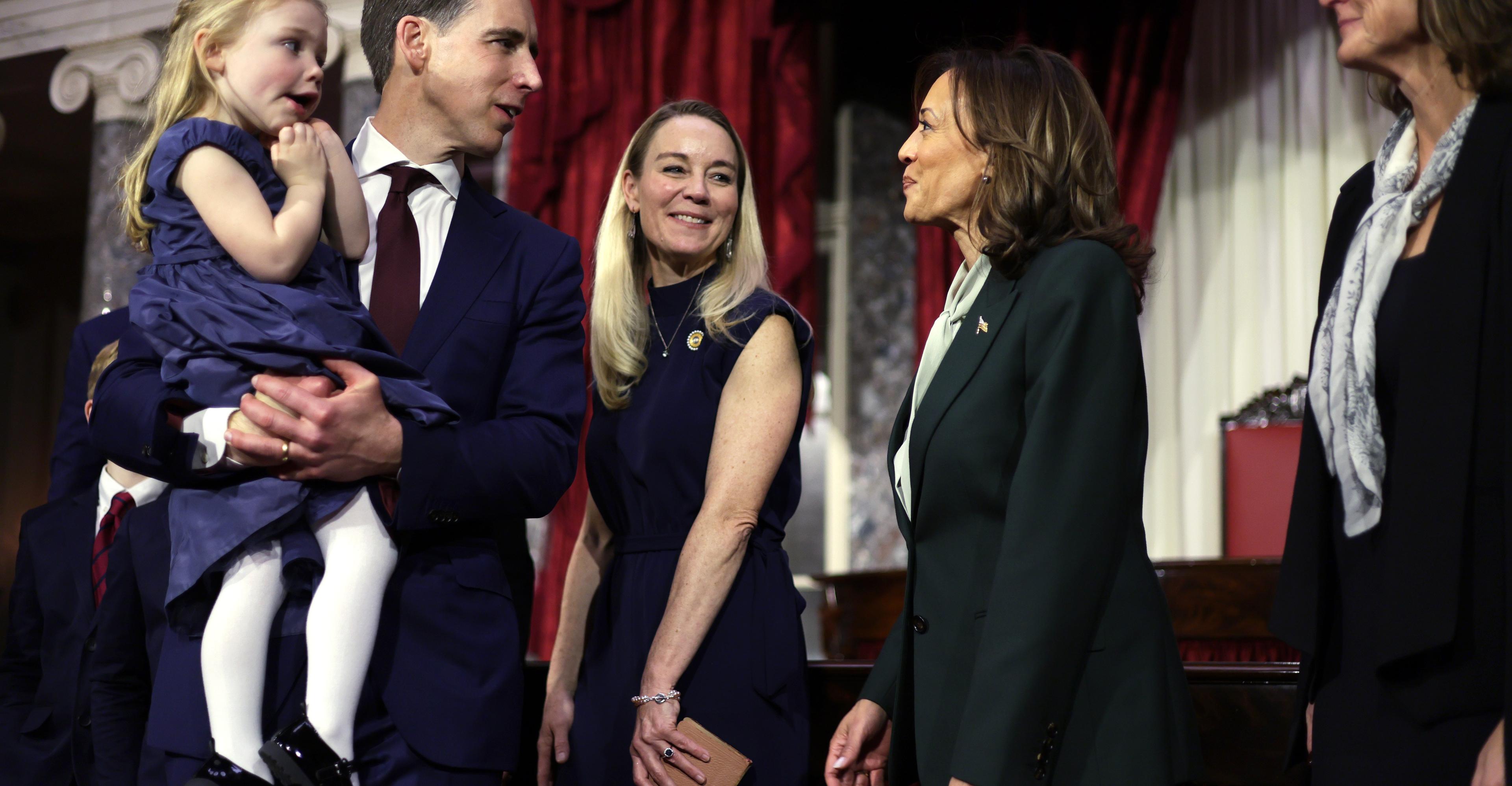Invasive species cost hundreds of billions each year. But the division between “alien” and “native” isn’t so clear.


If you log onto the website formerly known as Twitter and click on my username — @bryanrwalsh — you’ll be greeted by a picture of me. With a Burmese python wrapped around my arm.
My avatar image comes from a reporting trip I did in the winter of 2014 for Time magazine. I’d convinced the editors, somehow, that we should do a cover story on the subject of invasive species — plants and animals that spread into new territory, often dislocating native species and damaging local fauna along the way. And the best place to visit was the Florida Everglades, the subtropical south Florida wetlands that, by virtue of its climate and its proximity to the vast international trade of Miami, is ground zero for invasive species in the US. Including Burmese pythons, which likely came to Florida as exotic pets before escaping or being released into the Everglades, where they’ve established themselves in large numbers.
Which is how I found myself in the Miami suburb of Homestead, receiving instruction from a dangerous-animal specialist with the Miami-Dade Fire Rescue Department on how to capture pythons. This was… not easy. Despite their size, Burmese pythons are experts at hiding, so you need to draw them out, and then tire them by repeatedly grabbing and pulling their tail, all while dodging their fangs. (Another complicating factor: pythons will respond to the stress by continually defecating and urinating on your hand, as I explain in this video for Time.)
Once you have them pinned down, you can bag them, to be later euthanized. One invasive python down, literally tens of thousands to go.
An invasive world
Such efforts to repel invasive species are underway around the US and the rest of the world, but it’s an uphill campaign, as a new report from the Intergovernmental Science-Policy Platform on Biodiversity and Ecosystem Services (IPBES) shows. According to the IPBES, a body composed of over 140 countries that provides scientific assessments about biodiversity, more than 3,500 harmful invasive plants and animals cost the global economy more than $423 billion a year. Those costs have at least quadrupled each decade since 1970, and are projected to continue to grow as globalization and climate change turbocharge the spread of alien species.
Those are big, scary numbers, and there’s no doubt that truly invasive species — meaning alien species that become established and spread in a harmful manner — can do real damage both to the economy and native ecology. Those effects include extinctions of native species — according to the report, invasive alien species have been a major factor in 60 percent of recorded plant and animal extinctions, and the sole driver in 16 percent. Invasive alien species like the Aedes albopictus and Aedes aegyptii mosquitoes directly harm human beings by spreading diseases like malaria and Zika to new territories, while the humble water hyacinth flower, the world’s most widespread terrestrial invasive species, has damaged fisheries in places like east Africa’s Lake Victoria.
But if invasive species can damage human beings and our environment, most of them are only in a position to do so because of human beings. While species have always moved to new habitats, global trade and travel have given many of them the ability to move farther and faster. Sometimes we even do so on purpose — in the 1970s Asian carp were introduced to fish farms in the southern Midwest, only to escape into the Mississippi River system, where they crowd out native species and have even been known to leap out of the river and strike unwary boaters.
More often, though, invasive species are accidental stowaways, taking advantage of unprecedented human trade and travel to find new niches thousands of miles from their original habitats. “It’s normal that species move,” Aníbal Pauchard, a professor in Chile who co-authored the IPBES report, told the Washington Post. “It’s not normal that a species crosses the Atlantic.”
And while it’s not the main factor, human-caused climate change plays a role as well by altering the environment in ways that can make it easier for alien species to take hold. The report notes that alien species have even spread to Antarctica, where rising temperatures have sped the establishment of invasive grasses.
A losing fight
The IPBES report, not surprisingly, advocates an aggressive approach to invasive species prevention and control, including border biosecurity and strictly enforced import controls. And on the ground, governments are spending millions to try to control and even eradicate invasive species. Earlier this year the governors of Illinois and Michigan proposed spending over $100 million to fortify locks and dams that would hopefully prevent the Asian carp from establishing itself in the Great Lakes, while Florida had budgeted over $3 million on efforts to remove Burmese pythons like the ones I witnessed back in 2014.
But in a world that has already been utterly scrambled by human activity, we may need to rethink the very concept of “invasive species.” As my Future Perfect colleague Marina Bolotnikova argued in an excellent 2021 story, the idea of invasive species has an uncomfortable nativist bias that is far more grounded in economic concerns than ecological ones — and the effort to somehow “eradicate” them is far from realistic. “In the 21st century, there’s no such thing as an undisrupted ecosystem,” she wrote, “and this will only become truer as climate change and habitat loss accelerate.”
This isn’t to argue that the damage caused by invasive species isn’t real, or that efforts to try to control their spread and their populations don’t make sense at times. But the idea that there should be a proper place for every species is one that hasn’t made sense for a very, very long time, and simply dividing every living thing into “native” and “alien” is a false dichotomy in the age of the Anthropocene.
After all, if an invasive species is one that spreads unchecked to new habitats, wrecking the ecological balance along the way, we shouldn’t be looking first to Burmese pythons in the Everglades or water hyacinths in Lake Victoria. There’s another species that has spread to nearly every corner of the world, its numbers growing from the thousands to the millions to the billions, altering the environment along the way, remaking the world in its own image. It’s us.
A version of this story was initially published in the Future Perfect newsletter. Sign up here to subscribe!
Jokic avoids serious knee injury, to miss 4 weeks
- 5 hours ago

PM Shehbaz Sharif directs to digitize oil and gas supply chain
- 2 hours ago

The 19 predictions that came true in 2025 — and the 4 that didn’t
- 15 hours ago

The political backlash to AI is overstated
- 15 hours ago

Pakistan and India exchange lists of prisoners and nuclear installations
- 7 hours ago

PM orders all ministries to fast-track investment recommendations
- 7 hours ago
Porzingis (illness) to return Wed. for sliding Hawks
- 5 hours ago

Inside Trump’s “no data, just vibes” approach to science
- 15 hours ago

2025, in 8 minutes
- 15 hours ago
At the start of the new year, PSX hits new milestone crossing 176,000 points
- 5 hours ago
Riley won't return as Clemson OC after 7-6 season
- 16 hours ago
Suns guard Green fined $25K for using profanity
- 5 hours ago









